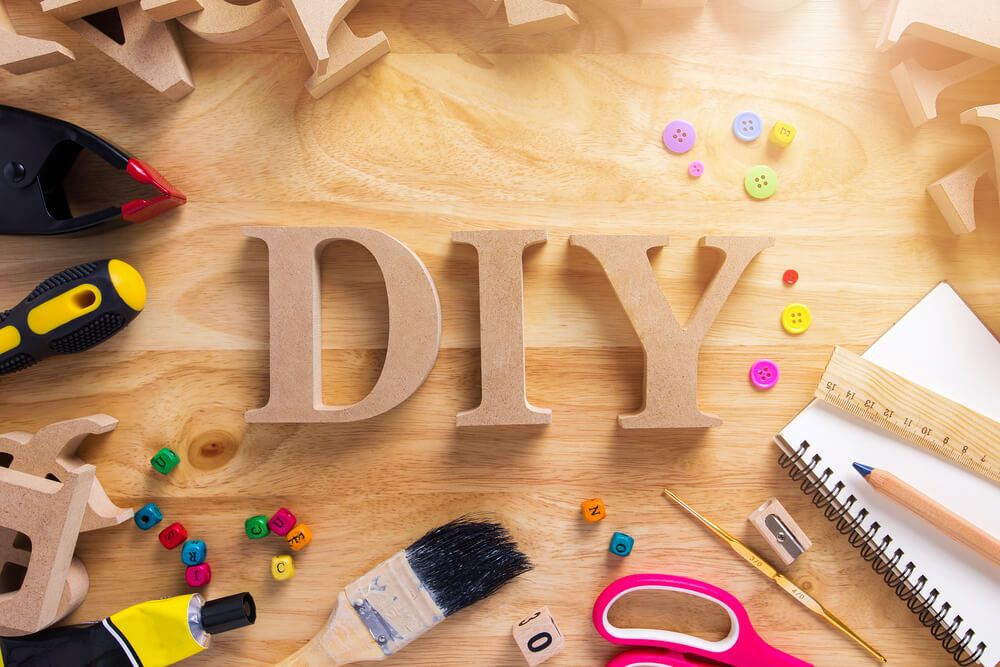The notion of undertaking a front-end alignment at home often poses an enticing question: could you effectively rectify the alignment of your vehicle without ever stepping foot into a mechanic’s garage? For many do-it-yourself enthusiasts, this challenge not only beckons the thrill of self-sufficiency but also serves as a profound lesson in vehicular maintenance.
Before diving into the intricate nuances of executing a front-end alignment, it is paramount to comprehend the significance of this process. A proper alignment is instrumental in ensuring that your vehicle operates optimally. It enhances tire longevity, ameliorates fuel efficiency, and fortifies overall vehicular safety. Misalignment can engender uneven tire wear, compromised handling, and a host of other mechanical tribulations. Therefore, mastering the alignment process can yield substantial benefits.
To embark on this DIY endeavor, a foundational understanding of the requisite tools is essential. At a minimum, you will need a jack, jack stands, a tape measure, a socket set, and an alignment tool or a simple method to measure toe angles. You might also consider investing in a camber gauge if your plans involve delving deeper into your alignment’s precision. Inventorying these tools is akin to gathering the ingredients for a recipe; each element plays a pivotal role in the eventual outcome.
Moving on to the preparatory steps, begin by discerning whether your vehicle genuinely requires an alignment check. A few telltale signs include a steering wheel that veers to one side when driving straight, excessive tire wear, or a visible tilt of the vehicle’s wheels. These clues indicate that all may not be well under the chassis. The next step involves systematically elevating the vehicle. Secure it on a flat surface before utilizing the jack and jack stands to ensure stability throughout the process. The undercarriage serves as the foundation on which your alignment journey will be built.
Once the vehicle is elevated, it’s time to conduct a preliminary inspection of the front-end suspension components. A thorough inspection of the tie rods, ball joints, and control arms is vital. Any worn or damaged parts may compromise your alignment efforts. If any components appear suspect, it may be prudent to address those issues before proceeding further. After all, you are laying the groundwork for your alignment project.
The measurement phase is where the DIY alignment truly begins. Start by measuring the distance between the front wheels at the front and rear sides. Utilize your tape measure for this task, ensuring that the measurements are taken from the same point on both tires to achieve accuracy. This measurement allows you to ascertain the toe angle, which is the angle at which the tires point in relation to the vehicle’s centerline.
Following the measurements, the next step involves adjusting the toe angle. Typically, this is accomplished by manipulating the tie rods. By twisting them in a clockwise or counterclockwise direction, you can alter the alignment of the wheels. Making small adjustments—usually one-quarter of a turn at a time—is advisable to prevent overcorrection. It may take several iterations to achieve the desired toe angle, all while constantly checking your measurements to ensure consistent progress.
After adjusting the toe, it is prudent to examine the camber angle—another critical component of vehicle alignment. The camber angle refers to the tilt of the wheels from vertical, and ensuring that this angle is correct is significant for even tire wear. If camber adjustment is necessary, it typically involves altering the upper control arm settings. This procedure may vary depending on your vehicle’s make and model, so consulting a service manual can be invaluable for this specific task.
As the adjustments draw to a close, it’s essential to repeat the measuring process to verify that all angles are within manufacturer specifications. This final verification will not only solidify the integrity of your work but also enhance your confidence in the DIY effort.
However, here lies the crucial question: How will you know that your alignment is successful without conducting a road test? The truth is, the road test is the ultimate capstone of your alignment process. Take your vehicle for a gentle drive, paying close attention to how it handles. A well-aligned vehicle should drive straight without pulling to one side, and you should feel stable control over the steering wheel.
Post-test, take a moment to inspect your tires. Look for even wear across the tread; this is a sign of successful alignment. If the vehicle still exhibits signs of misalignment, consider repeating the process or consulting a professional for a second opinion.
In conclusion, conducting a front-end alignment at home is not merely a task; it is a multifaceted endeavor that demands knowledge, patience, and a meticulous approach. Successfully navigating this task can bolster your confidence in vehicle maintenance and can reinforce the critical understanding that vehicular care and environmental stewardship are inexorably linked. Each step in this process reinforces the connection between personal responsibility and vehicle longevity, encouraging a more sustainable approach to automotive maintenance. In an era where the consequences of neglecting our vehicles can have broader implications for our environment, this DIY pursuit helps foster a responsible ethos in car ownership, paving the way for a more conscientious future.
